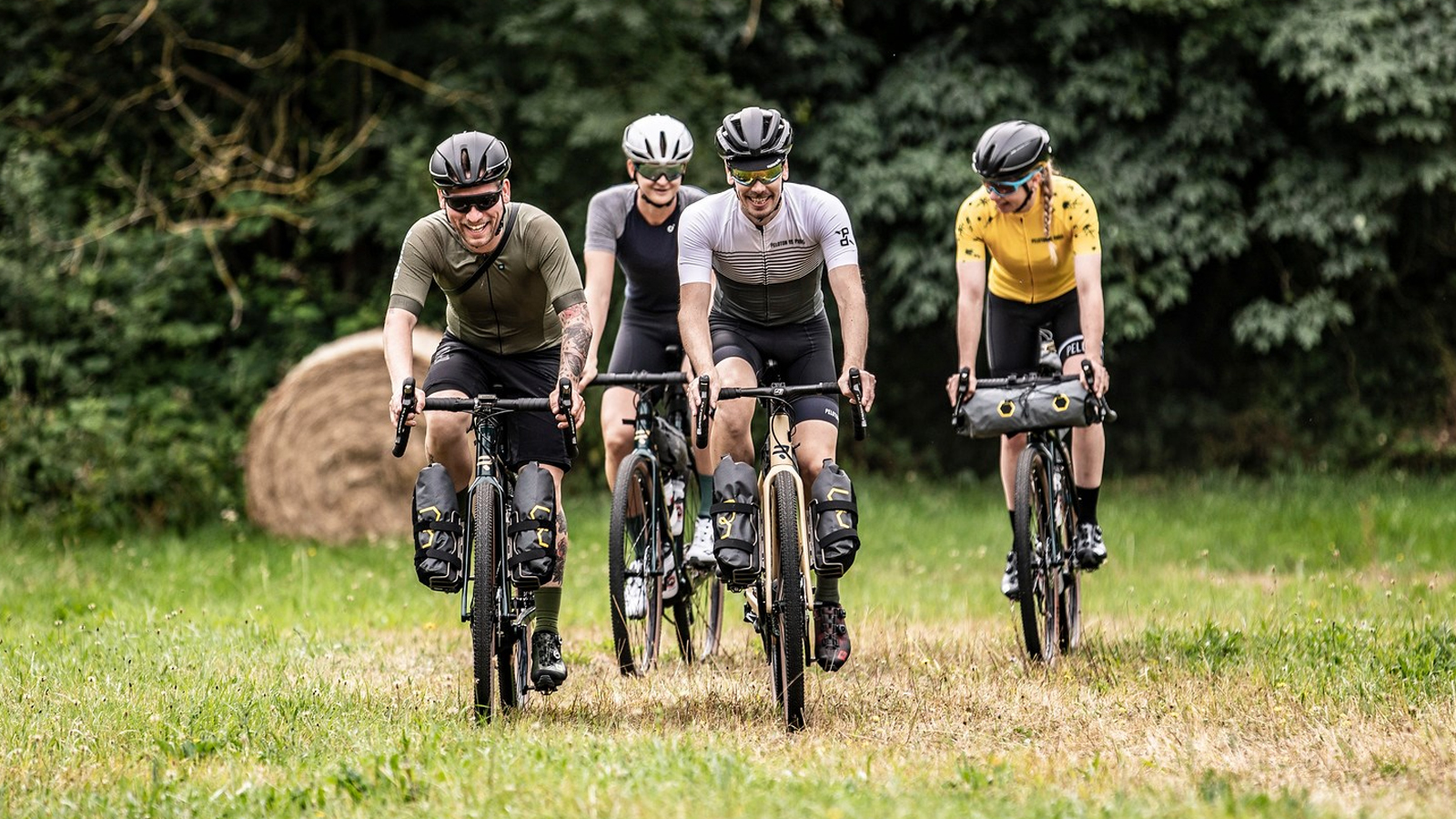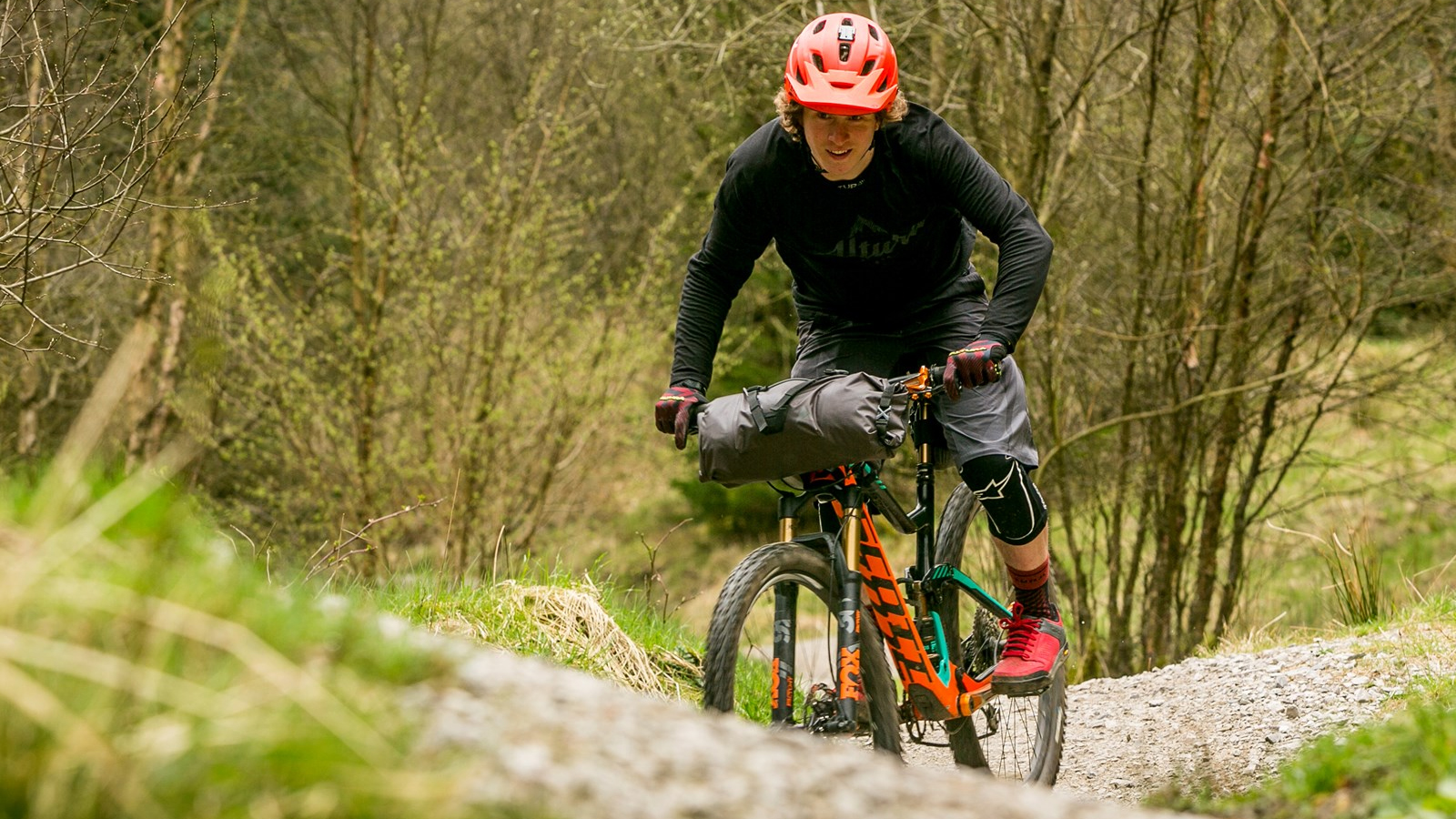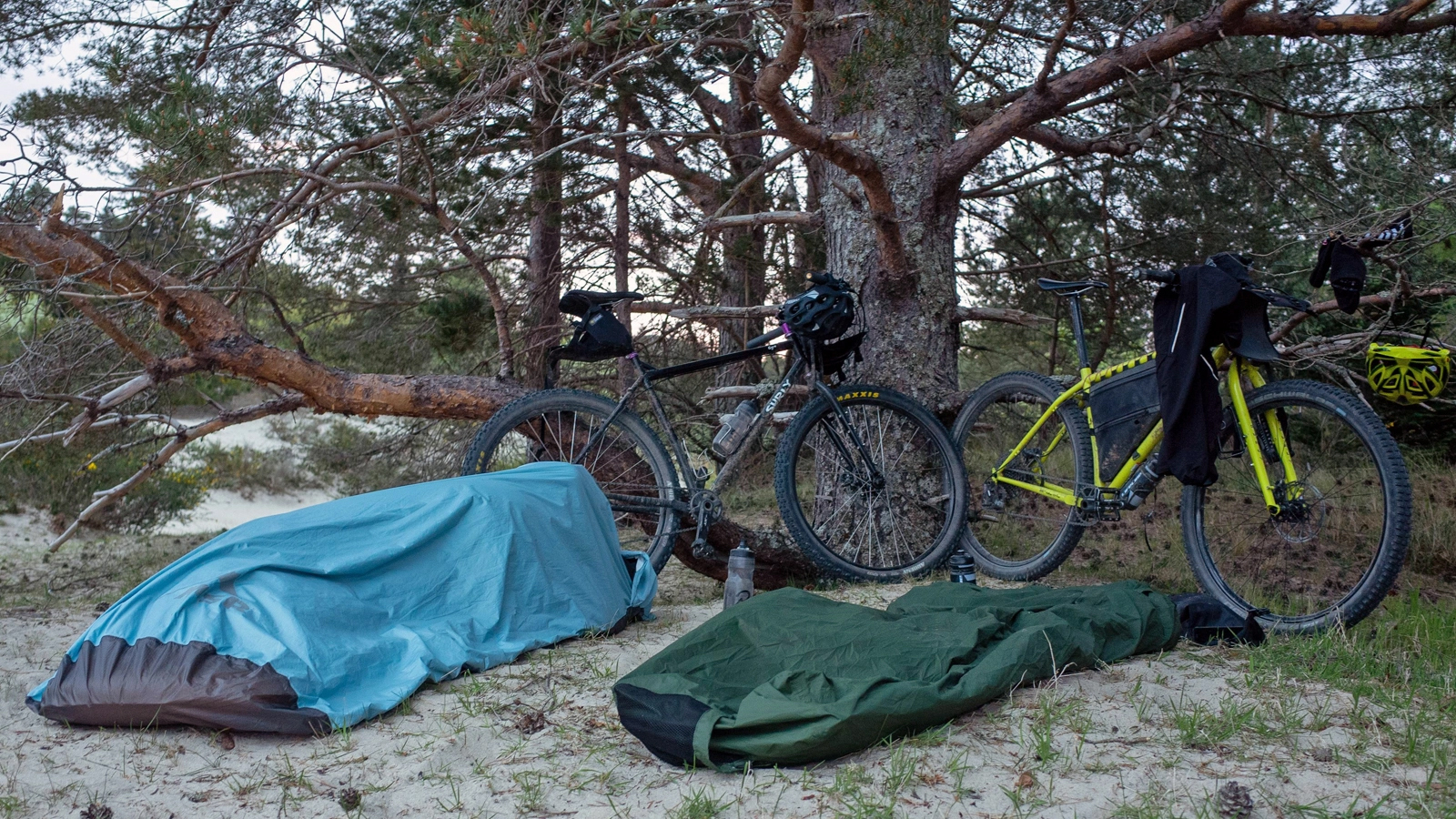Bikepacking vs touring: understanding the differences
On paper, bikepacking and touring might seem very similar but there are some key differences between the two

From the outside, bikepacking and touring can look very similar; both follow the same multi-day riding format, often covering long distances, and being self-supported by carrying much of what you need on the bike.
Arguably bikepacking is little more than a trendy name for touring - not unlike downcountry, otherwise known as trail riding. However, there are a few key differences that really set the two disciplines apart. The term bikepacking really encapsulates a different approach to multi-day adventures and camping by bike.
Bikepacking unquestionably gave touring a make-over. Doing away with the slow and heavy touring style, the bikepacking concept offers a lightweight approach that aims to maintain the ride quality of your bike so you can enjoy the ride more and reduce the compromises of loading a bike with luggage.
In this article we break down the key differences between bikepacking and touring but if you're looking to find out more about bikepacking make sure you check out our guide that answers the question: What is bikepacking?
1. Bags vs panniers
Why trust BikePerfect

The biggest difference between bikepacking and touring is how you pack your bike. Touring predominantly uses panniers mounted to racks, whereas the best bikepacking bags have a soft construction and can be mounted to the frame of any bike.
Even the most spacious bikepacking bag setup can only practically offer around 35 liters of storage, however. This is a drop in the ocean compared to most touring setups where each pannier bag can have a capacity of 20 liters or more and it’s possible to mount up to four panniers, plus additional bags, to a bike.
This huge luggage capacity means that panniers need to be attached to racks that can provide a safe and secure mounting point.
Of course, bikepacking bags can be used as part of a touring setup but the reality is that panniers often don’t work well for most bikepacking trips, the reason being that bikepacking bags encourage a different style of riding.
2. Riding style

Other than bag setup, the biggest difference between bikepacking and touring is the style of riding.
Touring traditionally covers road or light gravel riding where the terrain isn’t technically challenging. The advantages of a modern lightweight bikepacking setup mean that more technical riding is possible.
Since bikepacking bags can be securely attached to any bike, anything from multi-day mountain biking to fast-paced road riding is possible with minimal effects to a bike's ride quality. Maintaining the ride quality of a bike gives bikepacking bags a particular advantage on technical riding as they don’t add any width to a bike whilst offering a better weight distribution.
On the road, a light touring setup can still be advantageous in some circumstances as the weight is mounted low on the bike, however, due to the poor aerodynamic nature of panniers, most endurance road riders opt for bikepacking bags as they can save a significant amount of energy over the course of a long ride.
3. Bikepacking or touring bike?

Choosing which bike is best for bikepacking is a decision that is made based on the type of riding that you plan on doing. The universal fitment of modern bikepacking bags means that everything from an enduro bike to a road bike can be transformed into a bikepacking bike.
Touring bikes are far more specialist and will feature specific design cues for touring-style riding. Geometry is designed to be stable when carrying heavy loads and offers a comfortable riding position for multiple long days in the saddle. The frame construction and fitments also reflect this, stronger frame construction supports the extra weight, as do fitments for load-bearing front and rear racks. Touring frames will typically have more considerations for extra bottles and mudguard mounts, too.
The component choice will also be touring-specific, facilitating upright riding positions to prioritize comfort, with products like butterfly bars which offer a huge number of hand positions as well as compliance. The upright position has an effect on saddle choice too, while one saddle may be comfortable on a touring setup it won't be the best bikepacking saddle due to the different riding position of MTB, gravel or road bikes. Components for touring are generally chosen on durability and reliability as well, with overbuilt high spoke count wheels, heavy casing tires and friction shifter-actuated drivetrains still proving very popular. The reason being if you are riding through a remote area and have a mechanical, being able to fix or source components is key.
Like for like, a road or gravel-orientated bikepacking setup will be optimized more for speed, using lightweight wheels, fast-rolling tires and drop bars with the possible addition of clip-on tri-bars to give a more aggressive and efficient riding position.
4. Equipment

Much of the overnight equipment used for bikepacking and touring is the same. You will still need shelter and warmth for sleeping, spare clothing for changeable conditions and a way to cook and carry food. However, the ethos when choosing this equipment is different.
As bikepacking setups generally have less capacity, there is a strong focus on reducing the weight and pack size of the items that you choose to bring. Whereas a touring setup can easily facilitate the carrying of a tent, many bikepackers will instead opt for a bivy or tarp option if possible, as they pack down a lot smaller.
The same can be said for cooking setups with bikepackers preferring to keep their portable kitchen to the bare essentials or even go without for the sake of space. Luckily ultra-light backpackers have been developing products for lightweight camping for years so you don’t need to rough it too much without your bikepacking essentials.

Graham Cottingham joined the BikePerfect team as our senior tech writer in 2020. With over 20 years of riding experience, he has dabbled in downhill, enduro, and gravel racing. Not afraid of a challenge, Graham has embraced bikepacking over the last few years and likes nothing more than strapping some bags to his bike and covering big miles to explore Scotland's wildernesses. When he isn’t shredding the gnar in the Tweed Valley, sleeping in bushes, or tinkering with bikes, he is writing tech reviews for BikePerfect.
Rides: Cotic SolarisMax, Stooge MK4, 24 Bicycles Le Toy 3, Surly Steamroller
Height: 177cm
Weight: 71kg
